Your grandma’s house might still have a VHS player, an old copy of the yellow pages, and a dusty typewriter. Visiting her might feel like touring a museum filled with outdated essentials. Let’s rediscover the relics of the past that once graced the home of every American.
Rotary Phones
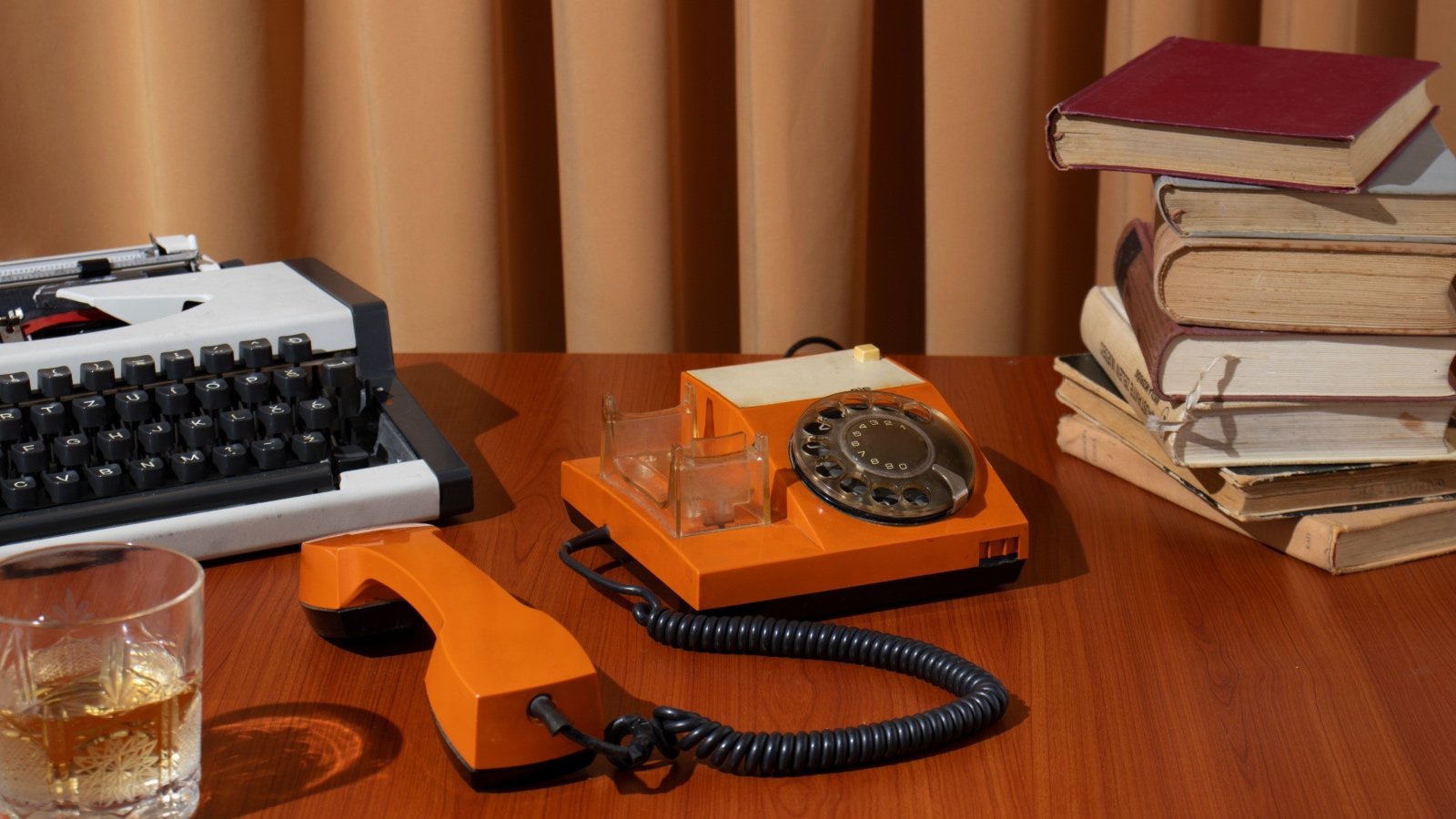
Rotary phones, known for their durability and distinctive ringtones, have been replaced by digital and mobile phones. The tactile satisfaction of spinning the dial is a lost feeling in today’s touch-and-go technology landscape.
Cassette Tapes

Cassette tapes were the go-to medium for recording and playing music in the ‘80s. They allowed people to create custom music mixes and share them with friends, a precursor to modern playlists. Today, digital media has all but erased the tangible aspect of creating and enjoying a personal music collection.
CRT Televisions
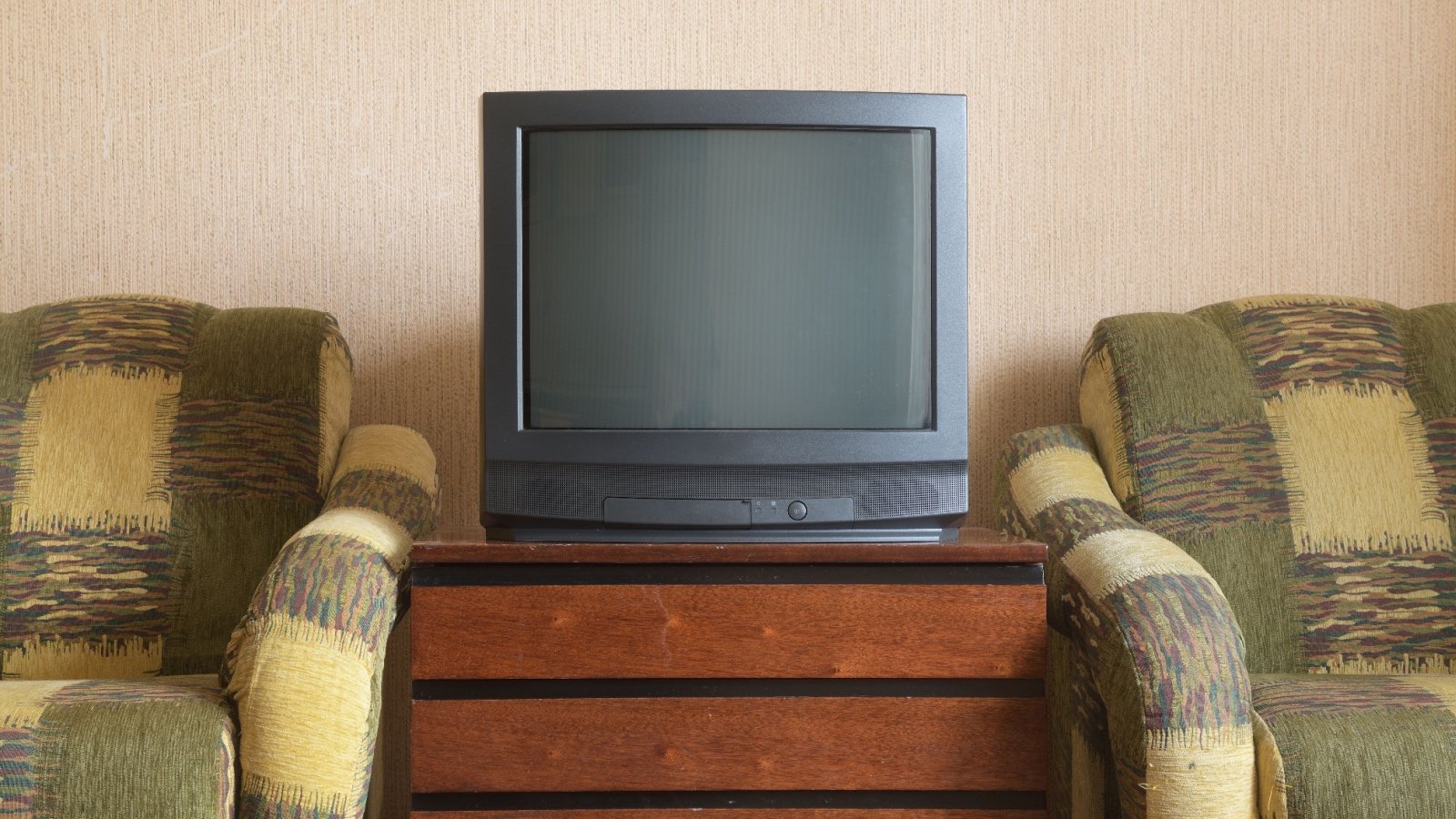
Cathode-ray tube (CRT) televisions were bulky fixtures in the past living rooms, known for their deep backs and heavyweight. These sets took minutes to warm up and displayed images with a distinct softness compared to today’s crisp LED screens.
VHS Players
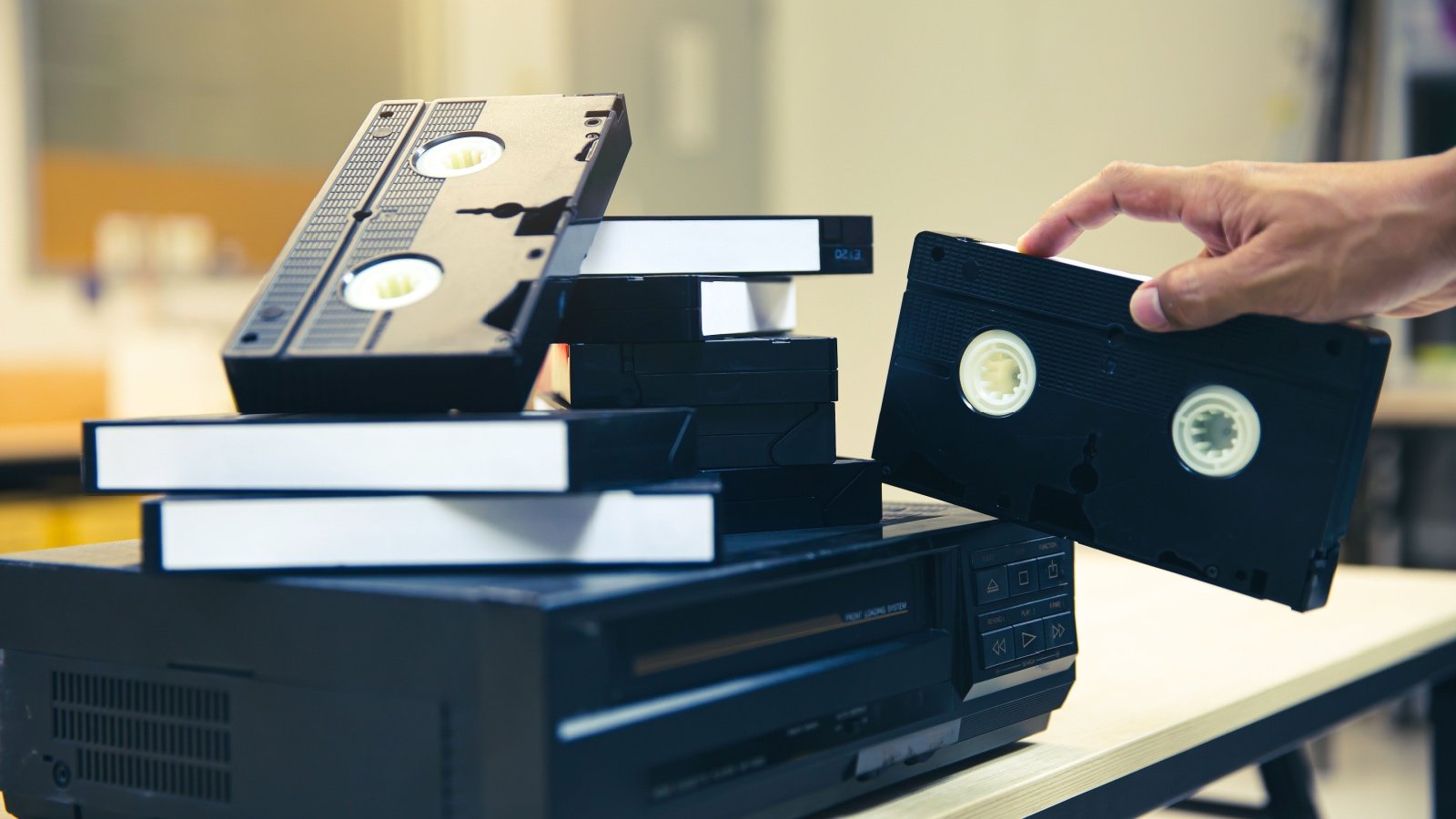
VHS players were essential for watching movies at home before the rise of DVDs and streaming services. Families would gather to watch video tapes rented from local stores, a ritual replaced by instant digital access. The fast-forward and rewind noises of a VHS tape are sounds that many modern kids will never hear.
Yellow Pages

Before the internet became the ultimate tool for finding information, the Yellow Pages were indispensable in every household. This massive directory listed every local business, from plumbers to pizza places. Now, with online search engines and digital directories, the physical Yellow Pages are rarely seen.
Rabbit Ears

The “rabbit ears” antenna was essential for catching television signals before the advent of cable TV. These metallic, adjustable antennas were a common sight on top of television sets, requiring frequent adjustment to minimize static and improve the picture.
Stereo Systems
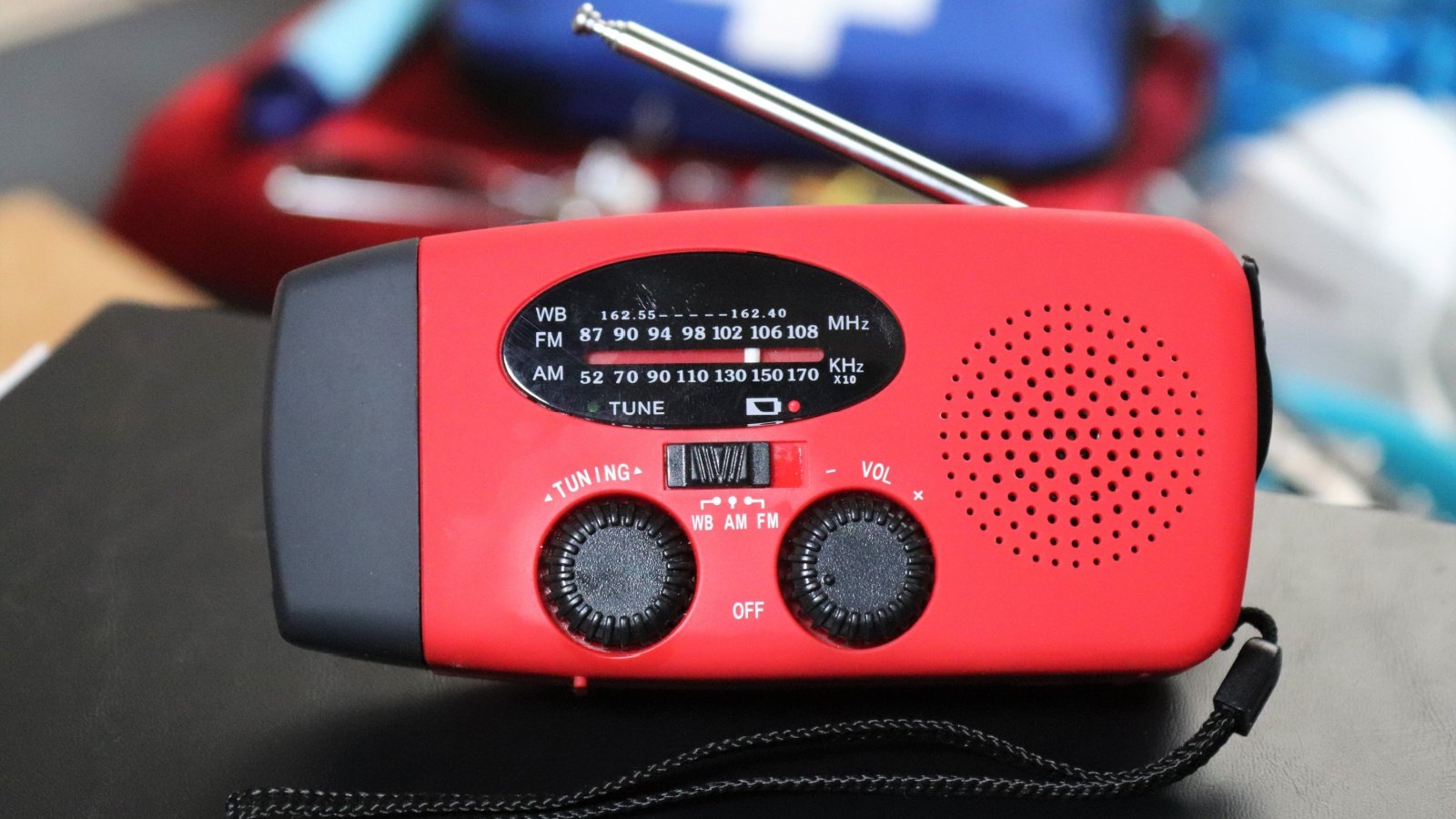
Console stereo systems were large pieces of furniture that housed a record player, radio, and sometimes an 8-track player. They were centerpieces of the living room, often reflecting the homeowner’s style and love for music.
Photo Albums
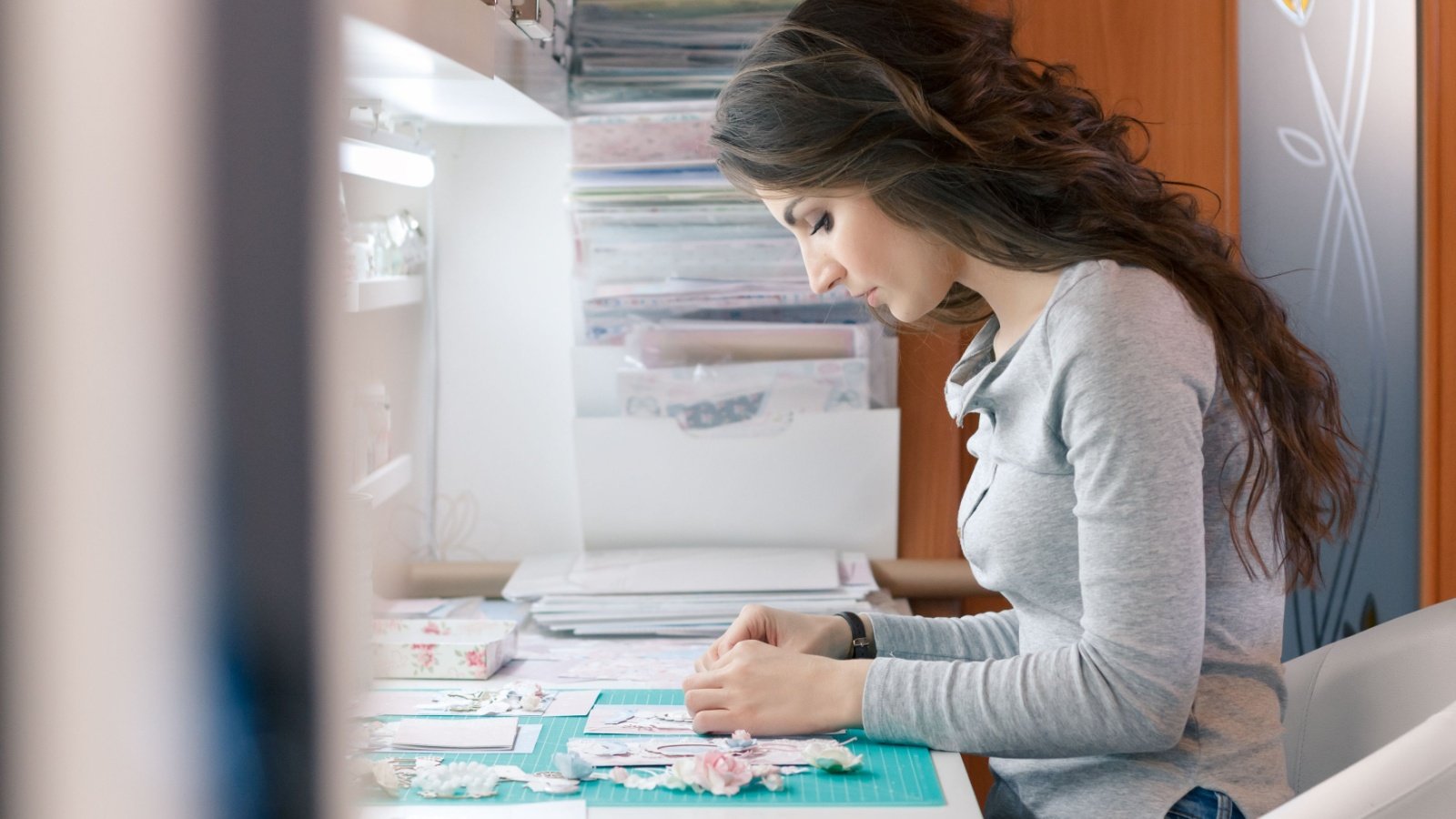
Families used to sit together, flipping through pages of printed photos, reliving memories. While digital photos are more convenient to take and store, they lack the tangible quality and communal experience of physical albums.
Typewriters

Typewriters were once common in homes where people would type letters, forms, and school papers. The distinct clacking sound and the ding of the carriage return are memorable to those who used them.
Encyclopedias

Encyclopedias were a valuable resource for information before the internet made data widely available. Families invested in these expensive sets to assist with schoolwork and general knowledge.
Food Mills

Food mills were used to puree and strain foods, a common tool for making sauces, baby food, and jams. While still used by some culinary enthusiasts, food processors have largely taken over this role with greater efficiency and less manual labor.
Ashtrays

At a time when smoking was more prevalent, ashtrays were a common fixture in homes. They came in various designs, often used as a decorative element. As smoking has declined and become less socially acceptable indoors, ashtrays have disappeared from most homes.
Record Players

Though experiencing a resurgence among audiophiles and vintage enthusiasts, record players were once the primary means of listening to music at home. The ritual of selecting a record, placing the needle, and hearing the warm vinyl sound provided a unique listening experience.
Cigarette Holders

Popularized in mid-20th-century cinema and used in homes for a touch of glamor, telescoping cigarette holders are seldom seen today. As smoking habits have changed, these accessories have fallen out of favor.
Fondue Sets

Fondue sets were a trendy kitchen item in the 1960s and 1970s, often used during gatherings to enjoy cheese or chocolate fondues. While still used occasionally today, they are no longer a staple in most kitchens.
Percolators

Coffee percolators used to be a common sight in kitchens, brewing coffee by cycling boiling water through coffee grounds using gravity. While some purists still swear by the rich flavor from a percolator, most have moved on to more convenient and consistent methods like drip or pod coffee makers.
Bottle Openers

Wall-mounted bottle openers, often found in the kitchen or on the porch, were a fixture in many homes. They stood ready for backyard barbecues and family gatherings, a symbol of hospitality and readiness to celebrate. Today, they’ve largely been replaced by multi-use, portable openers.
Can Openers

Manual can openers were a kitchen staple, requiring physical strength and technique to operate. These tools have been largely replaced by electric can openers, which are easier to use, especially for people with limited hand strength.
Ice Boxes

Before the widespread adoption of electric refrigerators, ice boxes were used to keep food cold. These insulated boxes required a regular supply of large ice blocks to maintain a low temperature. The convenience of modern refrigeration technology makes ice boxes a rare sight.
Pinball Machines

In some homes, especially in the mid-20th century, pinball machines were a popular form of entertainment. These analog gaming machines provided interactive fun long before video games became prevalent. While still cherished by collectors, they are rarely found in modern homes.
Floppy Disks

Floppy disks were used for data storage and transfer before USB drives and cloud storage became prevalent. These disks, especially the 3.5-inch version, were a common accessory in home offices. The rapid evolution of digital storage solutions has rendered floppy disks obsolete.
Carpet Sweepers
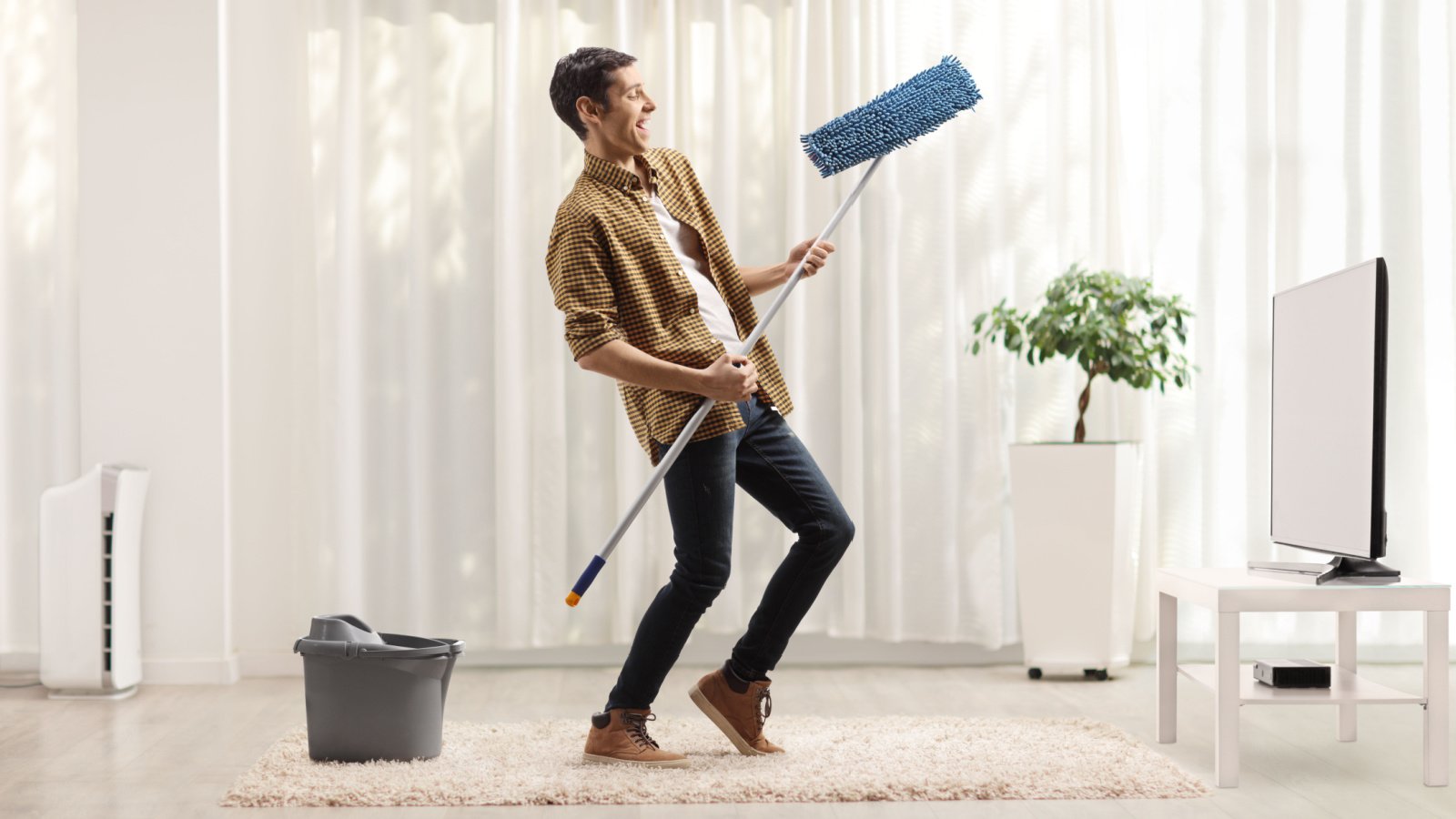
Before the advent of modern vacuum cleaners, manual carpet sweepers were used to clean floors. These non-electric devices were operated by pushing them across the floor to collect dust and debris.
Feather Dusters

Feather dusters, once a common tool for dusting surfaces, have largely been replaced by microfiber cloths and other more effective cleaning tools. The feathers were good for light dusting but often just displaced dust rather than removing it.








